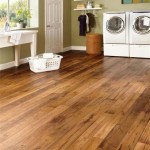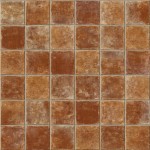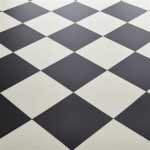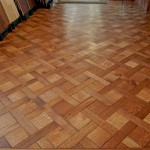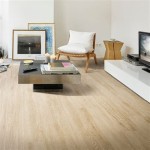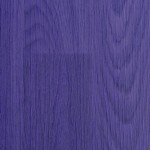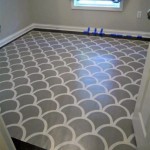Real hardwood flooring is a classic and timeless flooring option that is popular among homeowners. Made from natural wood, it can bring a sense of warmth and beauty to a room. It is one of the most durable types of flooring and can last for decades with proper maintenance. It is also a great option for those who are looking for something that is easy to keep clean and maintain. At the same time, it can be more expensive than other options like engineered wood or laminate.
Types of Real Hardwood Floor
There are several types of real hardwood flooring available, including solid hardwood, engineered wood, and parquet. Solid hardwood is made from a single piece of wood that is cut into planks, which are then nailed or glued down to the subfloor. Engineered wood is composed of multiple layers of wood that are laminated together to create a single plank. Parquet is a type of wood flooring that has a unique, geometric pattern. Each type of real hardwood floor has its own unique characteristics and benefits.
Advantages of Real Hardwood Floor
Real hardwood flooring has several advantages over other types of flooring, including:
- Durability: Hardwood flooring is one of the most durable types of flooring. It can last for decades with proper care and maintenance.
- Easy to Clean and Maintain: Real hardwood flooring is easy to keep clean and maintain. It can be swept or vacuumed regularly and requires no special treatments.
- Aesthetic Appeal: Hardwood flooring has a classic and timeless aesthetic appeal that can instantly upgrade the look of any room. It can also increase the value of a home.
- Environmentally Friendly: Real hardwood flooring is a renewable resource, making it a more environmentally friendly option than other types of flooring.
Disadvantages of Real Hardwood Floor
Real hardwood flooring also has several disadvantages, including:
- Cost: Hardwood flooring is generally more expensive than other types of flooring. It also requires more labor and materials for installation.
- Susceptible to Damage: Real hardwood flooring can be susceptible to damage from water, scratches, and dents.
- Difficult to Repair: If a hardwood floor is damaged, it can be difficult and costly to repair. Replacing a damaged plank may not be an option.
- Seasonal Maintenance: Depending on the climate, hardwood flooring may require seasonal maintenance. For instance, in areas with high humidity, it may need to be sealed and waxed more often.
Tips for Choosing Real Hardwood Floor
When choosing real hardwood flooring, there are a few things to consider. First, determine what type of wood flooring is best for the space. Solid hardwood is more expensive and requires more labor for installation, but it is also the most durable. On the other hand, engineered wood is less expensive and easier to install, but it is not as durable as solid hardwood. Parquet is a great option for those who are looking for a unique pattern.
It is also important to consider the style, color, and finish of the wood. Choose a style that will complement the room’s decor and a color that will look good with the furniture and accessories. Finally, consider the cost and budget. Real hardwood flooring can be expensive, so be sure to factor in the cost of installation, materials, and maintenance when making a budget.
Conclusion
Real hardwood flooring is a timeless and classic flooring option that can bring a sense of warmth and beauty to a room. It is one of the most durable types of flooring, but it can be expensive and require more labor for installation. When choosing real hardwood flooring, it is important to consider the type of wood, style, color, and finish. It is also important to factor in the cost and budget. With proper care and maintenance, real hardwood flooring can last for decades.














Related Posts


